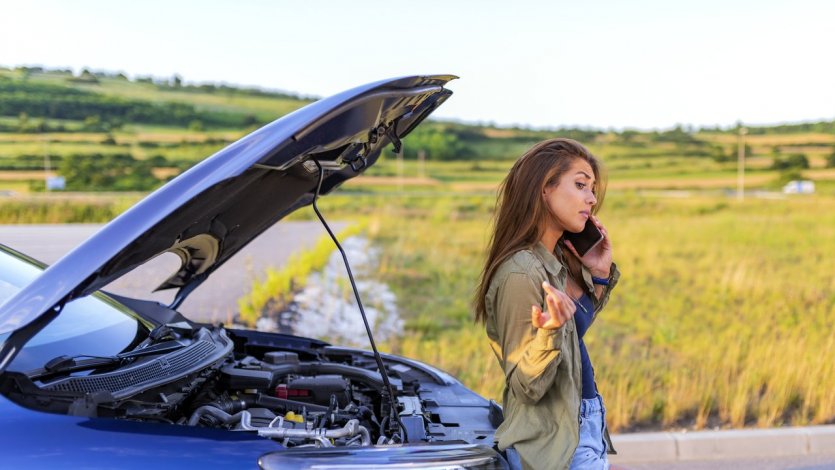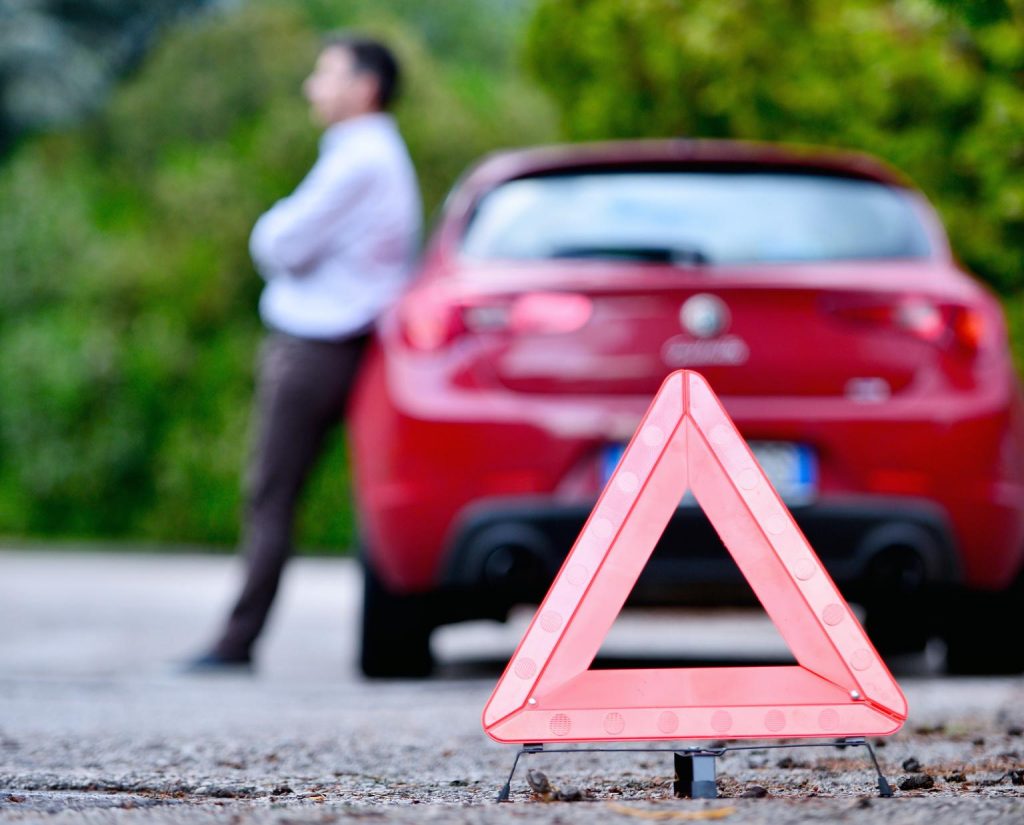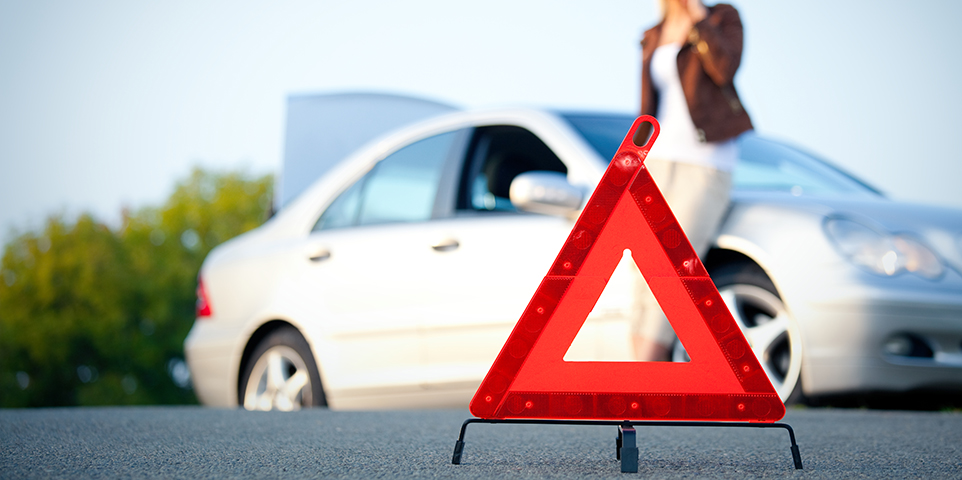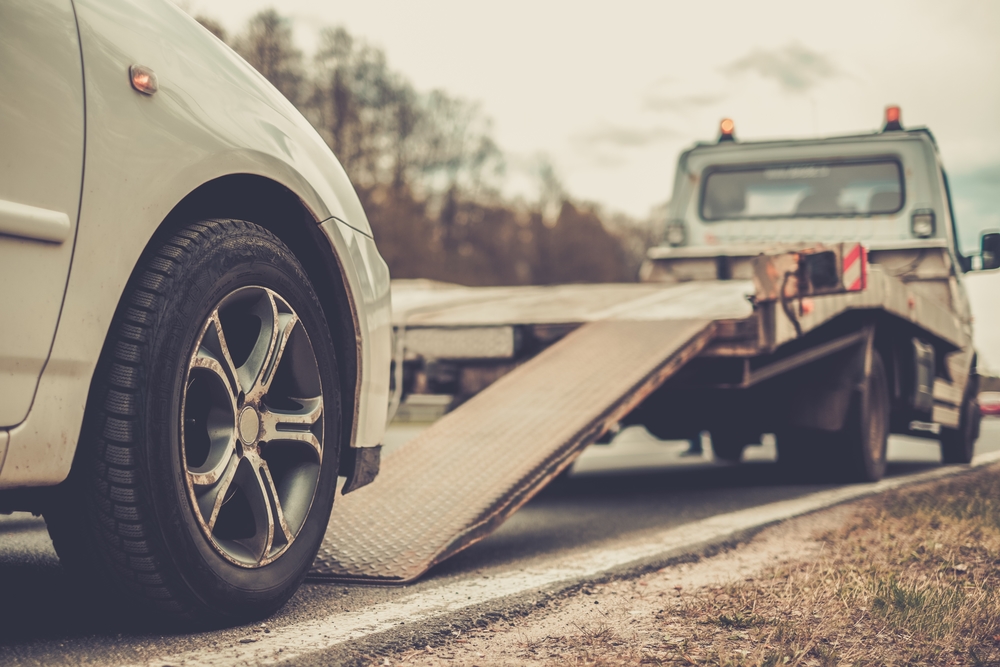Everything was going so well until one morning your car refuses to start! Starting a car is like a chain; some links can prove to be capricious: when it gets stuck somewhere, the whole system derails.
However, some failures are easy to identify, and you will be able to start again (almost) as if nothing had happened. So here are 5 points to check before calling the tow truck.
This article is summarized in 20 seconds in the video below.
The discharged battery?

Headlights on all night, forgetting the key in the ignition, etc., these reasons can prevent the vehicle from operating. This is because the battery is discharged and unable to provide the energy needed to start the car. Sometimes it is the worn-out battery that needs to be replaced.
But how can you be sure that the battery is the cause of the failure? Just check these 2 elements:
- if the lighting of the headlights is weak;
- if some lights on the dashboard come on (for example, test the car radio).
Two cases appear when you activate the ignition:
- if the engine is running normally, the battery is out of order;
- if the engine is running normally, the battery is weak and needs to be recharged.
Good to know: having jumper cables in your car is a wise precaution. For $10, they can save you troubleshooting and towing that would cost you... 10 times more expensive!
Does the battery have oxidized terminals?

Due to humidity and temperature changes, oxidation loves to settle on the battery terminals and prevent the passage of current. If there is little or no sound when you turn the ignition key and your battery is charged (did you check?), the problem will be the two dirty terminals.
Usually, they are metallic gray color. If this is not the case, here’s how to fix it:
- scrape them with an iron brush or sandpaper;
- Put a thick knob of grease on them.
Good to know: in the case of a power failure, like this one, on a gasoline-powered car with a manual transmission, it is possible to start “with a stroller.” Get help to push the vehicle, and once you reach 20 km/h, shift into second gear and gently release the clutch: the car should start. Remember that the vehicle has no brakes when the engine is not running, except for the handbrake.
The starter tired?
Your starter – the small electric motor used to start the engine – may show signs of fatigue at the first touch of the ignition. But, to avoid expensive troubleshooting, it can be boosted, and its life extended. First of all, check your vehicle’s owner’s manual to locate the starter motor.
There are two techniques available to you:
- Give the front (pointed part) of the starter a few blows. This will loosen the coals and allow the current to flow through.
- Push the vehicle downhill and use the clutch pedal in second. The engine will start and eventually start.
Note: The coals are graphite components (the material used to make pencil leads). They ensure the flow of current between the fixed and moving parts of your starter. And, like pencil leads, they wear out!
Is the immobilizer properly deactivated?

An electronic device designed to prevent vehicle theft, the immobilizer comes in several forms. In all cases, the starter must operate when you turn the key. However, the engine may refuse to start. Here are the different types of immobilizers and common problems:
- With a 4-digit code: Don’t use the wrong code; otherwise, after three unsuccessful attempts, the vehicle will lock for a half hour.
- With a transponder in the remote control: Check the battery condition and replace it if necessary.
- With an impulse provided by the remote control: press the door opening button on the remote control and start the car (it may happen that the vehicle does not identify the remote control on the first try).
Note: the widespread use of the immobilizer system has dramatically reduced the number of thefts.
Flooded engine?
It’s cold, and you’ve tried to start your gas-powered car by pumping the accelerator pedal several times. The engine doesn’t run, but a strong smell of gasoline can be smelled. You have a flooded engine. There are two solutions:
- Wait about 20 minutes for the natural evaporation of the excess gasoline in the engine.
- If you have a spark plug wrench handy, remove the spark plugs and bring a lighter’s flame near the electrode to burn off the gasoline.
Good to know: This tip only applies to gasoline-powered vehicles since diesel vehicles do not have spark plugs.
Breakdowns can be related to the electrical system, fuel, mechanics, and more. For more information, see the other pages on carsandmotorsonline.com.


1 comment
[…] 5 Things to Check Before Calling a Tow Truck […]